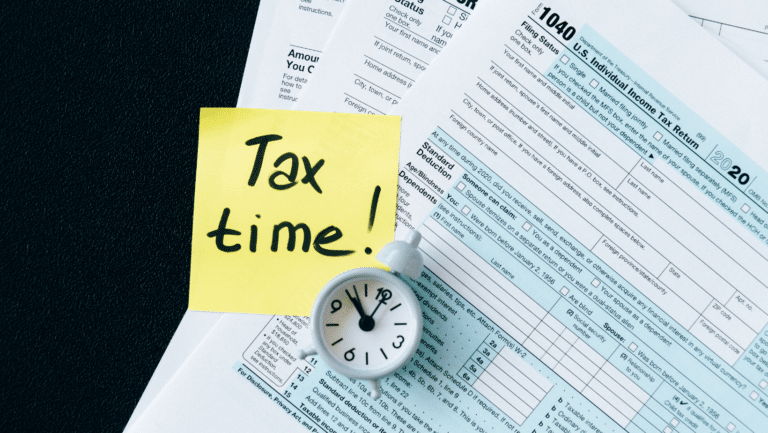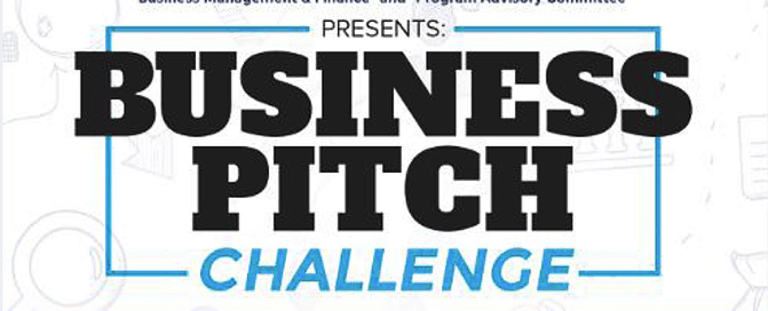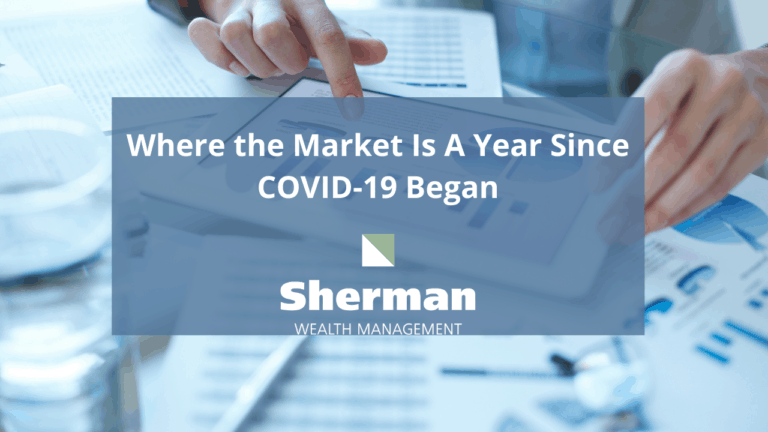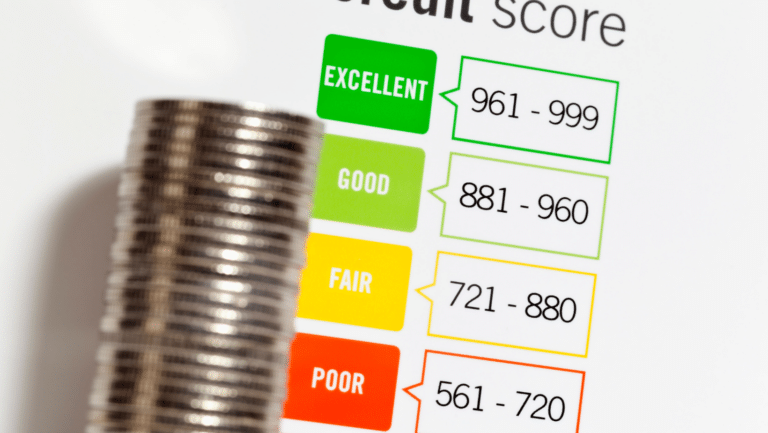How To Take Advantage of the Tax Deadline Extension
For those scrambling to get their tax returns together before next month’s deadline, you’re in luck. The federal income tax filing deadline has been extended one month, the Internal Revenue Service (IRS) and the U.S. Treasury Department announced this week. It’s official. The federal income tax filing due date for individuals for the 2020 tax…









